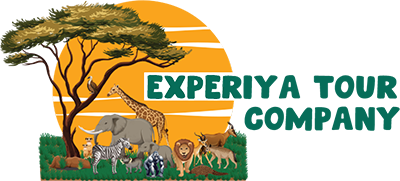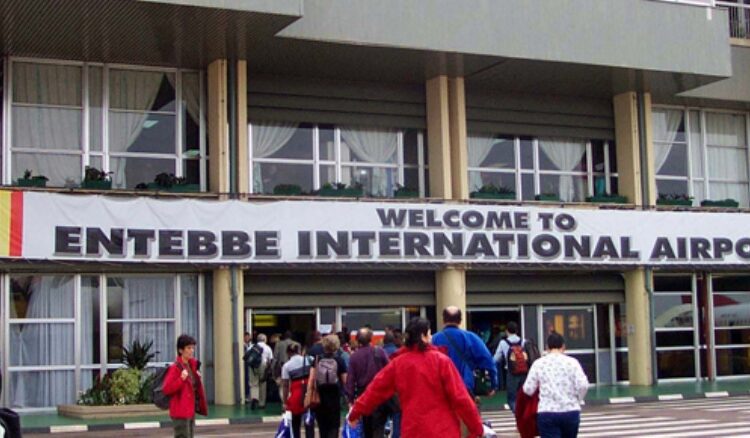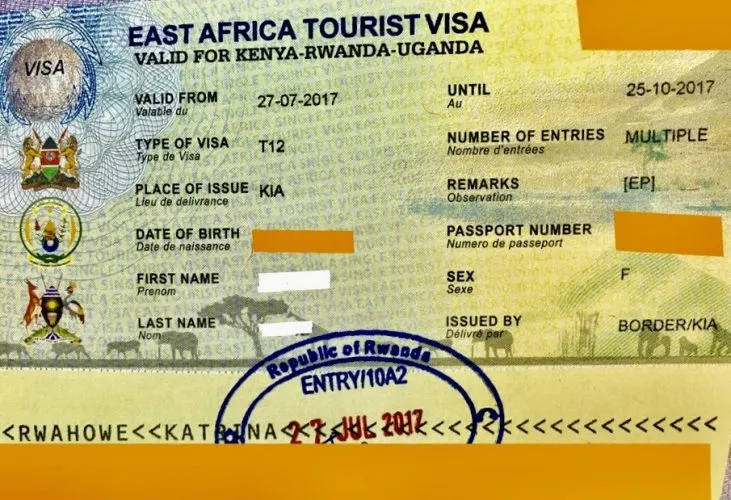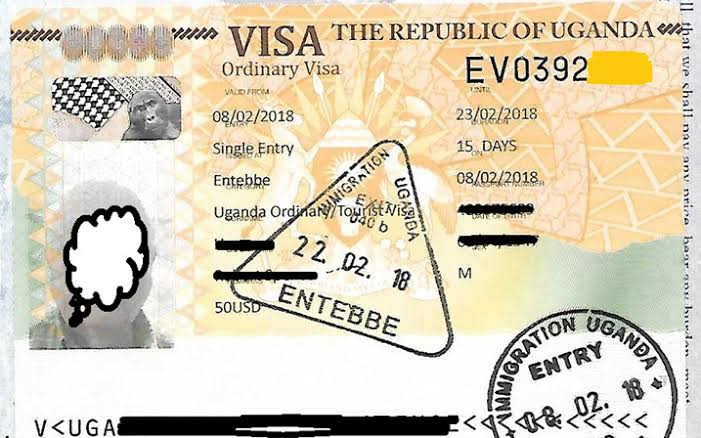- GET IN TOUCH WITH US:
- +256 753518160
- +256 777842166
- info@experiyatourcompany.com
Why is Volcanoes National Park So Famous?
May 4, 2025Is Rwanda Good for Honeymoons?
May 4, 2025How to Book Rwanda Gorilla Trekking: A Journey into the Heart of the Wild
There are few moments in life that make your heart race with awe and gratitude trekking through misty rainforest trails in Rwanda to stand face-to-face with a mountain gorilla family is one of them. This isn’t just another bucket list item. It’s an encounter that changes your perception of nature, of wildness, and of your place in this vast, beautiful world.
I remember the moment vividly. The air was damp, rich with the scent of earth and moss. I’d been hiking for just over an hour when our guide gently motioned for us to crouch. There, just a few feet away, a silverback sat regally, chewing bamboo, watching us with curious, intelligent eyes. In that moment, everything else work, worries, WiFi faded into silence. Only wonder remained.
If you’re dreaming of this same magic, here’s a comprehensive, down-to-earth guide on how to book Rwanda gorilla trekking because this is one adventure you don’t want to leave to chance.
1. Understand What Gorilla Trekking in Rwanda Entails
Gorilla trekking in Rwanda takes place in Volcanoes National Park, nestled in the Virunga Mountains in the northwestern part of the country. It’s home to around 12 habituated gorilla families that are accustomed to human presence, making it possible for small groups of tourists to spend an hour in their presence.
The trek itself can vary in length and intensity sometimes it’s a brisk 45-minute walk, other times it’s a 3-hour uphill hike through dense jungle. Your group will be accompanied by experienced trackers and guides who ensure your safety and help you find the gorillas.
But before you can have this experience, you need one key thing: a gorilla trekking permit.
2. Secure Your Gorilla Permit (Your Golden Ticket)
What Is It?
The gorilla permit is your official access pass, issued by the Rwanda Development Board (RDB). Only 96 permits are issued per day (8 trekkers per gorilla group), which keeps the experience intimate and minimizes the impact on the animals.
Cost
As of 2025:
-
Foreign Non-Residents: $1,500 per person
-
Foreign Residents in Africa: $500
-
East African Citizens: $200
Yes, it’s pricey but every cent supports gorilla conservation and local communities. And believe me, when you lock eyes with a gorilla in the wild, you’ll know it was worth it.
How to Book the Permit
You have two options:
1. Book Directly with RDB
-
Visit the Rwanda Development Board website or contact them via email.
-
Booking directly is cheaper but can be time-consuming, especially if you’re planning a longer itinerary or need transport, accommodation, and guiding.
2. Book Through a Local Tour Operator (Recommended)
-
They’ll handle everything: permits, transportation, accommodation, porters, meals, and often even airport pickup.
-
It’s smoother, especially if you value your time or are unfamiliar with logistics in East Africa.
I booked mine through a local operator based in Kigali, and it was seamless. They picked me up at the airport, arranged my stay at a cozy lodge near the park, and ensured I had a knowledgeable guide who genuinely loved the gorillas.
3. Choose the Right Time to Trek
You can go gorilla trekking year-round in Rwanda, but here’s what you should consider:
-
Dry Season (June–September & December–February)
Best trekking conditions drier trails and clearer views. Also the busiest, so book permits months in advance. -
Wet Season (March–May & October–November)
Fewer tourists, lush green scenery, and easier permit availability. Trails can be slippery, though.
I went in July peak season and while it was more crowded in the lodges, the trekking was perfect: cool mornings, blue skies, and firm trails.
4. Pick a Good Base: Where to Stay
Most trekkers stay in or around Musanze (formerly Ruhengeri) a small town just a 2-hour drive from Kigali and only 30 minutes from Volcanoes National Park HQ.
Accommodation ranges from budget guesthouses to luxury lodges with spa views of the volcanoes. A few favorites include:
-
Budget: La Locanda or Virunga Homestay
-
Mid-range: Five Volcanoes Boutique Hotel
-
Luxury: Singita Kwitonda Lodge or Bisate Lodge (they’re stunning and eco-conscious)
If you’re not booking a package, it’s smart to choose a lodge that offers early breakfast and transport to the park HQ briefings start at 7:00 AM sharp!
5. Prepare for the Trek: What to Pack and Expect
Here’s what I learned (sometimes the hard way!):
Essential Gear:
-
Sturdy hiking boots (waterproof is best)
-
Long trousers and long-sleeved shirt (to avoid nettles and bugs)
-
Rain jacket (weather changes quickly)
-
Gloves (for grabbing vines or muddy ground)
-
Daypack (for water, snacks, and camera)
-
Gaiters or high socks (to keep ants out!)
Optional But Helpful:
-
Walking stick (often provided by the park or lodge)
-
Porter ($10–$20 tip) they carry your bag, help you through tough terrain, and your money supports their families.
You’ll start your trek after a short orientation, where you’re grouped by fitness level and preferences. Treks can range from “easy†to “challenging,†so be honest with yourself and your guide.
6. Respect the Gorillas and the Rules
This experience comes with responsibility. You’ll be briefed on key rules, but here are the big ones:
-
Keep a 10-meter distance (gorillas may approach you, but don’t approach them).
-
No flash photography
-
No food near gorillas
-
If you’re sick, don’t go (gorillas can catch human illnesses)
-
Limit your time to one hour (it feels short, but it’s enough—and important for the gorillas’ well-being)
Gorilla tourism only works if we all respect these magnificent animals.
7. Consider Combining It With Other Rwanda Experiences
Since you’ve made it all the way to Rwanda, why not extend your adventure? Some popular add-ons:
-
Golden Monkey Trekking in Volcanoes National Park
-
Lake Kivu for lakeside relaxation
-
Kigali City Tour vibrant markets, coffee shops, and the poignant Genocide Memorial
-
Akagera National Park for a Big Five safari
-
Nyungwe Forest for chimpanzee tracking and canopy walks
I spent three days in Rwanda and wished I had a week. It’s clean, safe, scenic, and full of kind-hearted people.
Final Thoughts: Go For the Gorillas, Stay for the Soul
Gorilla trekking in Rwanda isn’t just a holiday it’s a soulful journey. It reminded me of the quiet dignity of wild creatures and the importance of protecting the fragile ecosystems they depend on. Booking might seem like a lot at first, but it’s surprisingly straightforward once you understand the process. And the reward? A life-changing moment you’ll carry forever.



